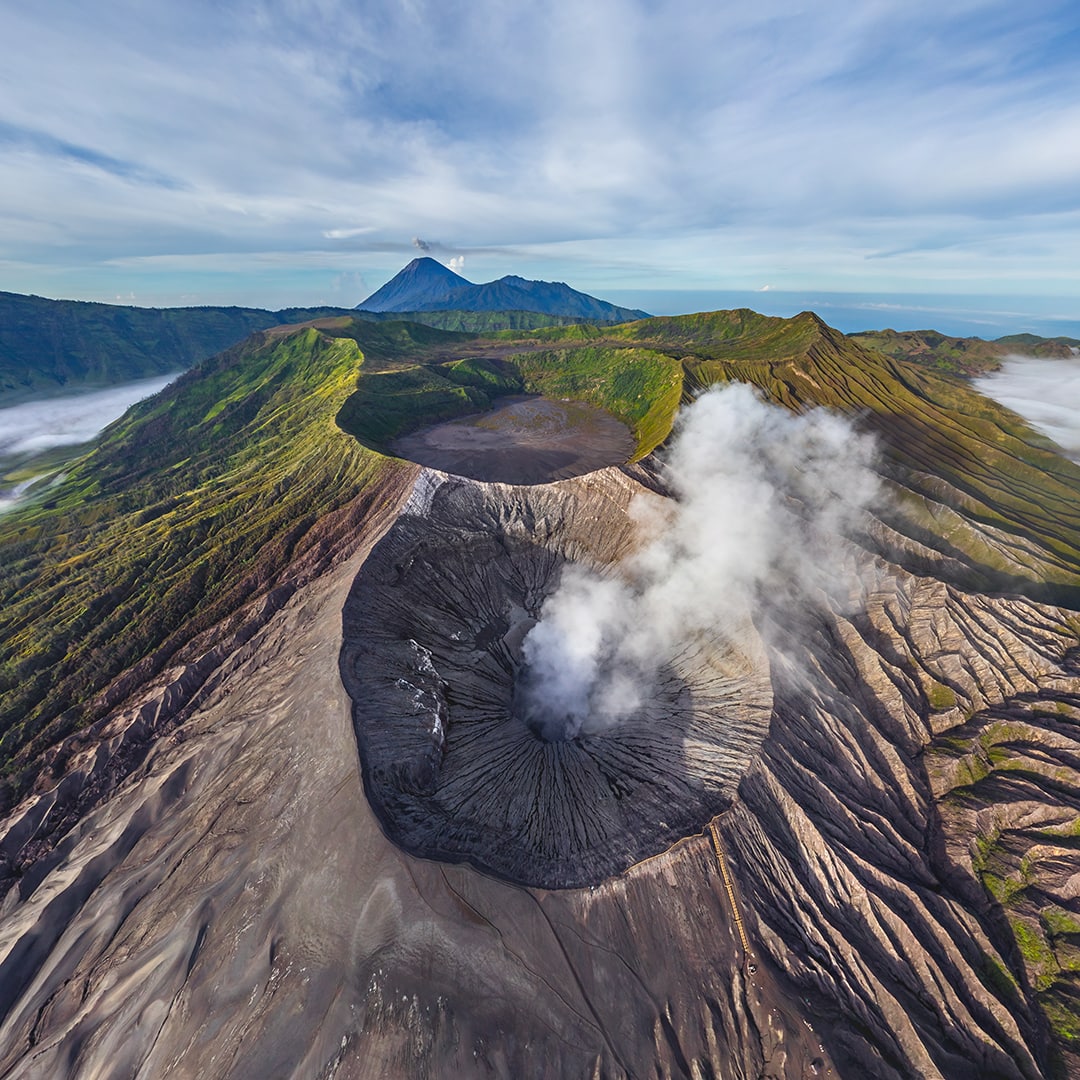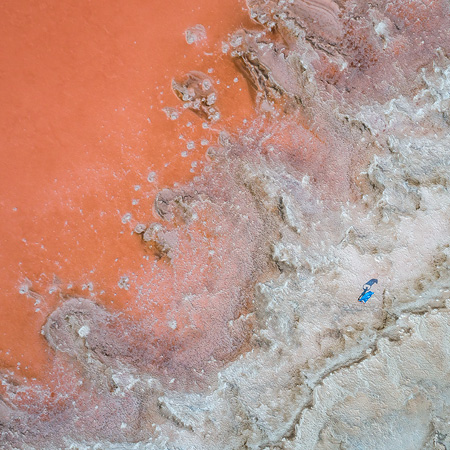North Goa, India. Part II
On the coast of the Goa state of India there are beaches that attract tourists from all over the world. The affluent Chapora River divides the resort of Goa in two. We already told you about the "south part", so this time there will be panoramas of the "north of the River".

Along the north outfall of Chapora lies the Morjim Village with its wide 3-km long sandy beach. Though the resort is very popular, it stays very clean. Here you may find loud evening parties and quiet nooks. Moreover, Morjim is one of the few places where the Olive ridley sea turtle visits. By the way, they are vulnerable species. The locals say that the reptiles are "pushed" here by the sea breeze that they call "the Turtle Wind". The egg-laying period takes place from November till April on the territory called "Turtle Beach". It is protected by the government, so gathering eggs or scarring the turtles is strictly forbidden.

Not far from Morjim lies the Ashwem Beach being also clean, but more narrow and less populous. It is famous for its high waves that are just right for surfing and picturesque sunsets. The tranquil landscape is completed with volcanic rocks that are scattered all over the beach.

Querim BeachThe nearby beach Mandrem lies between two small rivers that flow into the Arabian Sea. It is around 2 km long and a couple of hundred meters wide. There are no cliffs here, the swimming floor is flat, the water is well wared. But if you swim further from the beach large waves may be found, which attracts sport fans.

Arambol (Harmal in Hindu) is the most creative resort of Goa: in the 60's it became the center of the Hippie movement and nowadays many painters and artists come here. Thus the tradition to watch the sunset with music, singing and meditation. One of the most famous sightseeing places of the Beach is the giant Banyan tree: according to the legend, there was a time when the famous rock band "The Beetles" were meditating under its trunk.
The Querim Beach is the best place in Goa for solitude: you may encounter turtles, crabs and birds more often, than people. The wide and white sandy beach stretches from north to the south 2 km long and there are needle leaf trees here instead of palm-trees. This is the most northern part of Goa: further ahead lies the territory of Maharashtra.

The states are divided by the Terekhol River. In the XVII century Fort Tiracol was built on its opposite bank in order to withstand the invasion of the Great Mogol Empire. Since 1746 it was controlled by the Portuguese and only in 1961 it once again became the property of India. The fortress and its church of St. Andrew, built in the colonial Portuguese style, were restored and the fort itself became a fashionable hotel. This is why the fort is officially on Goa territory: a small territory with and ancient building was given to the touristic state which, unlike the Maharashtra state, gives businessmen big tax preferences.

Take a virtual walk with AirPano through these wonderful places.
Photos by Sergey Semenov
15 May 2018
Read more
Photogallery Vazran (Small Vagator) Beach
Vazran (Small Vagator) Beach
 Baga Beach
Baga Beach
 Vazran (Small Vagator) Beach
Vazran (Small Vagator) Beach
 Above Calangute Beach
Above Calangute Beach
 Mandrem Beach
Mandrem Beach
 Planet of Vazran (Small Vagator) Beach
Planet of Vazran (Small Vagator) Beach
 Chapora Fort
Chapora Fort
 Planet of Calangute Beach
Planet of Calangute Beach
 Vazran (Small Vagator) Beach
Vazran (Small Vagator) Beach
 Above Calangute Beach
Above Calangute Beach
 Planet of Baga Beach
Planet of Baga Beach
 Chapora Fort. Planet
Chapora Fort. Planet

















